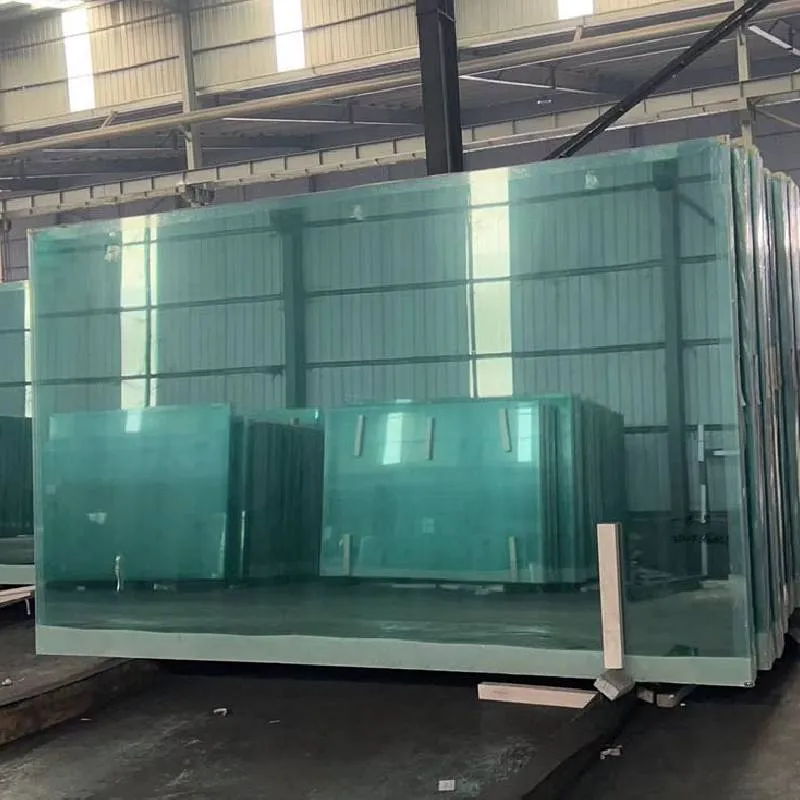Exploring the Beauty and Functionality of Textured Mirror Glass
Textured mirror glass is an innovative and versatile material that has gained popularity in various design applications, offering both aesthetic appeal and functional benefits. With its unique surface patterns, textured mirror glass not only reflects light and enhances visual space but also adds depth and character to any interior or exterior setting.
One of the most appealing aspects of textured mirror glass is its diversity in textures and finishes. From subtle sandblasted patterns to more pronounced geometric designs, the options are virtually limitless. This versatility allows designers and architects to choose a specific texture that complements their vision, whether it’s for a modern, minimalist space or a more eclectic, vintage-inspired setting. The interplay between light and shadow created by these textures can significantly enhance the ambiance of a room, creating a dynamic visual experience.
In addition to its aesthetic qualities, textured mirror glass serves practical purposes as well. The texturing process often reduces glare, making it a favorable choice for high-traffic areas or spaces with abundant natural light. By diffusing reflections, textured mirror glass can create a softer, more inviting atmosphere, making it suitable for environments such as restaurants, hotels, and retail spaces where a welcoming ambiance is essential.
textured mirror glass
Furthermore, textured mirror glass is an effective tool in the realm of interior design for creating the illusion of space. In smaller rooms, strategically placed textured mirrors can reflect light and visually expand the area, making it feel larger than it actually is. This quality is particularly useful in urban living spaces where maximizing square footage is a priority. By incorporating textured mirrors into walls, furniture, or decorative elements, designers can bring a sense of openness and airiness to confined spaces.
Sustainability is another rising concern in contemporary design, and textured mirror glass can align with eco-friendly practices. Many manufacturers are now producing this type of glass using environmentally conscious methods, from sourcing raw materials to employing energy-efficient processes in production. By opting for textured mirror glass, designers can contribute to green building initiatives while still achieving their desired aesthetic.
Maintenance is a key consideration for any material used in design, and textured mirror glass is no exception. While it may collect dust or fingerprints, its surface is typically easier to clean than traditional smooth mirrors, as the textures can conceal minor imperfections. Regular cleaning with appropriate solutions ensures the reflective quality and longevity of the glass, making it a practical choice for both residential and commercial applications.
As the world of design continues to evolve, textured mirror glass stands out as a captivating option that marries form and function. Its ability to transform spaces, minimize glare, and offer diverse aesthetic options makes it an ideal material for creating environments that are not only visually stunning but also comfortable and welcoming. By embracing the beauty and functionality of textured mirror glass, designers can push the boundaries of creativity and enhance the overall experience within any space.
 Afrikaans
Afrikaans  Albanian
Albanian  Amharic
Amharic  Arabic
Arabic  Armenian
Armenian  Azerbaijani
Azerbaijani  Basque
Basque  Belarusian
Belarusian  Bengali
Bengali  Bosnian
Bosnian  Bulgarian
Bulgarian  Catalan
Catalan  Cebuano
Cebuano  Corsican
Corsican  Croatian
Croatian  Czech
Czech  Danish
Danish  Dutch
Dutch  English
English  Esperanto
Esperanto  Estonian
Estonian  Finnish
Finnish  French
French  Frisian
Frisian  Galician
Galician  Georgian
Georgian  German
German  Greek
Greek  Gujarati
Gujarati  Haitian Creole
Haitian Creole  hausa
hausa  hawaiian
hawaiian  Hebrew
Hebrew  Hindi
Hindi  Miao
Miao  Hungarian
Hungarian  Icelandic
Icelandic  igbo
igbo  Indonesian
Indonesian  irish
irish  Italian
Italian  Japanese
Japanese  Javanese
Javanese  Kannada
Kannada  kazakh
kazakh  Khmer
Khmer  Rwandese
Rwandese  Korean
Korean  Kurdish
Kurdish  Kyrgyz
Kyrgyz  Lao
Lao  Latin
Latin  Latvian
Latvian  Lithuanian
Lithuanian  Luxembourgish
Luxembourgish  Macedonian
Macedonian  Malgashi
Malgashi  Malay
Malay  Malayalam
Malayalam  Maltese
Maltese  Maori
Maori  Marathi
Marathi  Mongolian
Mongolian  Myanmar
Myanmar  Nepali
Nepali  Norwegian
Norwegian  Norwegian
Norwegian  Occitan
Occitan  Pashto
Pashto  Persian
Persian  Polish
Polish  Portuguese
Portuguese  Punjabi
Punjabi  Romanian
Romanian  Russian
Russian  Samoan
Samoan  Scottish Gaelic
Scottish Gaelic  Serbian
Serbian  Sesotho
Sesotho  Shona
Shona  Sindhi
Sindhi  Sinhala
Sinhala  Slovak
Slovak  Slovenian
Slovenian  Somali
Somali  Spanish
Spanish  Sundanese
Sundanese  Swahili
Swahili  Swedish
Swedish  Tagalog
Tagalog  Tajik
Tajik  Tamil
Tamil  Tatar
Tatar  Telugu
Telugu  Thai
Thai  Turkish
Turkish  Turkmen
Turkmen  Ukrainian
Ukrainian  Urdu
Urdu  Uighur
Uighur  Uzbek
Uzbek  Vietnamese
Vietnamese  Welsh
Welsh  Bantu
Bantu  Yiddish
Yiddish  Yoruba
Yoruba  Zulu
Zulu 

